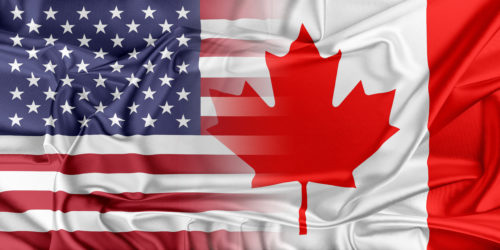The backstory

The Global Harmonization System (GHS) was implemented in the United States through the introduction of the Occupational Safety and Health Administration’s Hazard Communication Standard 2012 (OSHA HCS 2012), which entered into force in 2015. Since then, it has become clear that this so-called “harmonization” scheme isn’t so harmonized even regionally, let alone globally. Thanks to a joint effort between OSHA, the US Environmental Protection Agency (EPA) and Health Canada, harmonization could indeed become a reality, at least regionally.
What’s changing
Key stakeholders from the US EPA, OSHA and Health Canada’s Workplace Hazardous Materials Bureau met recently to discuss regulatory amendments that would align hazard communication requirements between the US and Canada, well, sort of. While total harmonization is the goal, authorities are aiming for incremental changes initially; for example, OSHA hopes to harmonize its small container labeling requirements and rules for claiming confidential business information with those of Health Canada’s Workplace Hazardous Materials Information System (WHMIS), while US EPA is considering adopting the alternative animal tests currently prescribed by the GHS. Globally, through its Subcommittee of Experts on the GHS, the United Nations is even considering developing a non-binding list of recommended substance classifications, to promote better harmonization of chemical hazard declarations.
Implications
Those holding their breath in wait of total harmonization had better have stellar lung capacity. The reality is that while harmonization between US and Canada hazard communication requirements is likely, the process will be iterative, occurring in stages. As phases of alignment do occur, this will likely affect labels of hazardous substances and mixtures (perhaps even pesticides in the US), which in turn require new Safety Data Sheets, in order to satisfy the requirement that the documents match.
Even small changes to confidential business information can impact declaration of ingredient concentrations, names, etc., requiring new labels and SDSs. Manufacturers and importers should ensure that they are properly equipped to address large volumes of inevitable label and SDS changes. As the global economy works toward harmonization, with all of its inherent changes, automated software-driven solutions will play a key role in helping enterprises prepare. Schedule a demo to learn more about a solution that’s best for you.

